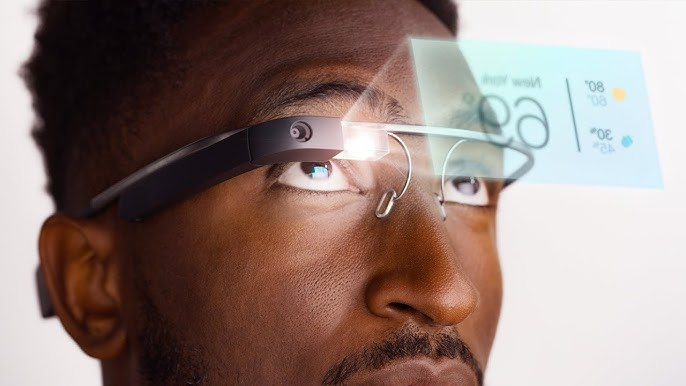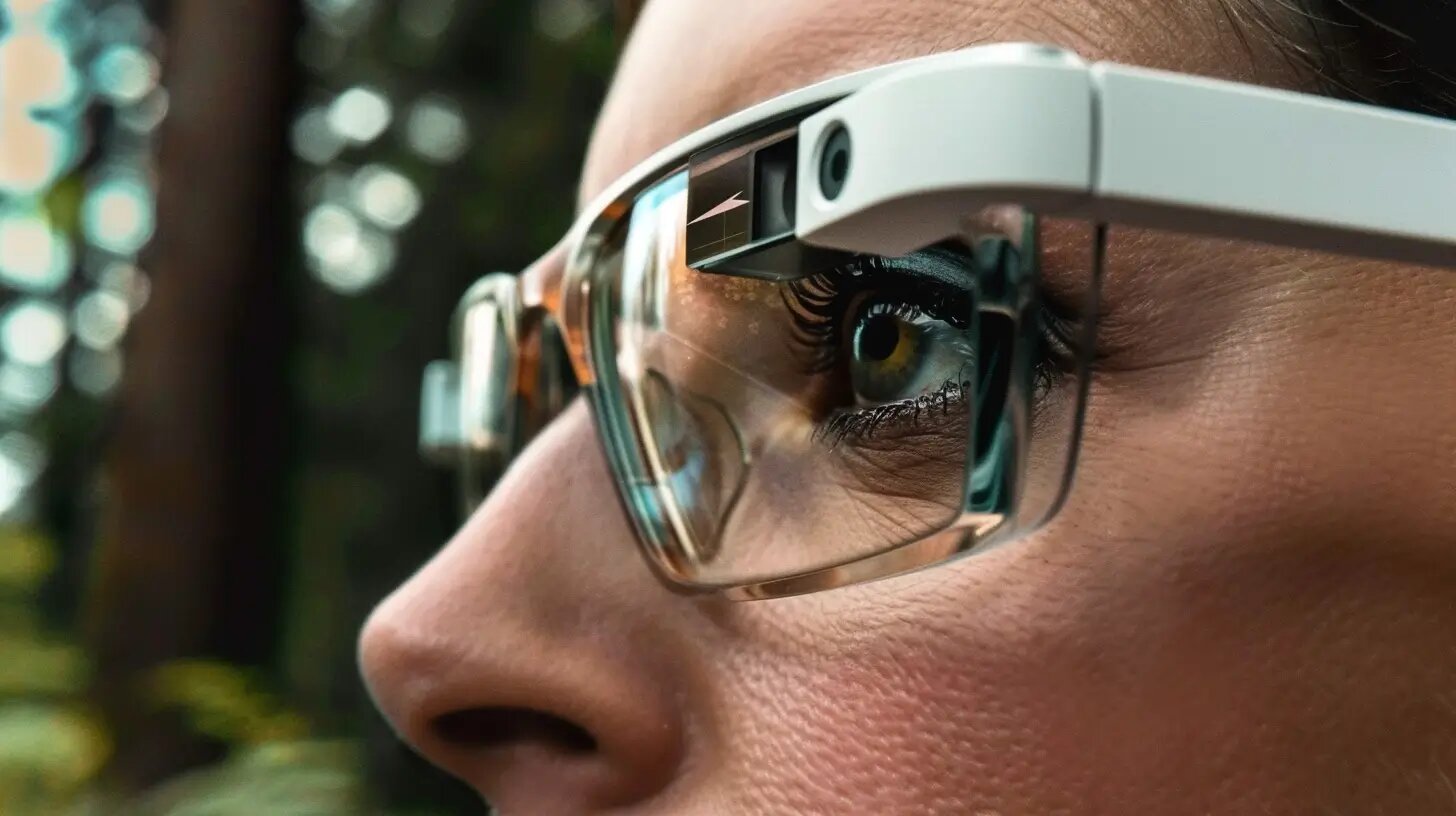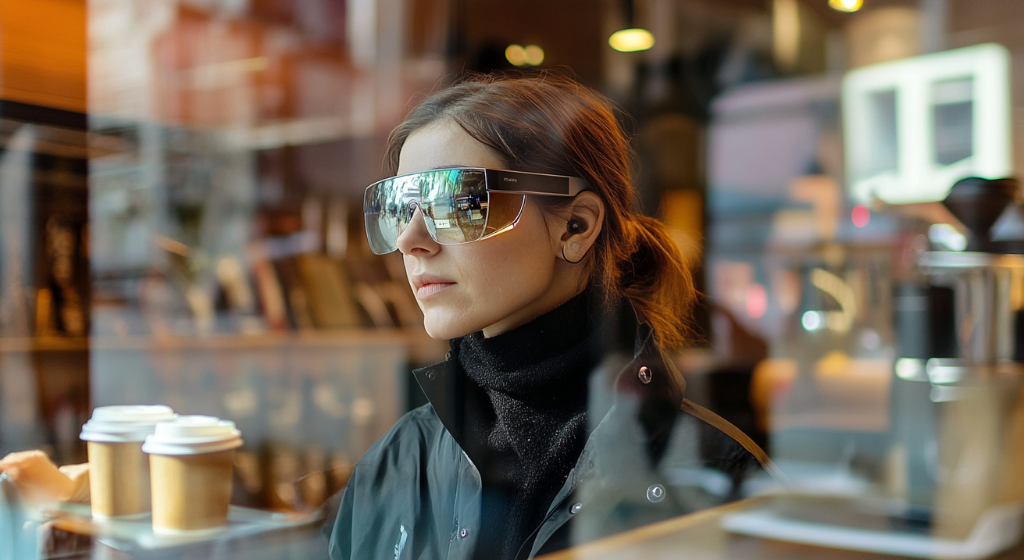
The eyecare industry is no stranger to innovation—from high-resolution OCTs to AI-powered retinal scans—but the next revolution may sit quite literally on our patients’ faces. Smart eyewear, once seen as a niche tech gimmick, is now evolving into a powerful tool that blends vision correction with advanced digital features, offering exciting possibilities for both patients and eye care providers.
“We’re entering an era where glasses do more than help you see—they help you connect, navigate, and even manage your health.”
— Dr. Arjun Rao, Optometry Technologist
What is Smart Eyewear?
Smart eyewear refers to spectacle frames or lenses embedded with electronic components that offer features beyond basic vision correction. These features may include:
-
Augmented reality (AR) overlays
-
Built-in audio (bone conduction speakers or microphones)
-
Touch or voice-activated controls
-
Real-time translation and navigation
-
Integration with smartphones and fitness trackers
-
Health monitoring (including auditory and visual cues)
Some of the leading players in this space include:
-
Ray-Ban Meta smart glasses (in partnership with Meta/Facebook)
-
Nuance Audio: combining hearing aids and glasses into a single device
Why It Matters for Optometry
Smart eyewear represents more than a fashion-forward tech trend—it’s an emerging clinical opportunity and practice differentiator.
1. Expanding the Scope of Eyewear
Traditionally, spectacles have been purely refractive tools. Now, they are becoming multifunctional health and lifestyle devices. As optometrists, we are uniquely positioned to:
-
Educate patients on these products
-
Prescribe and customize lenses for smart frames
-
Monitor the impact of wearable technology on visual ergonomics and eye strain
“Smart eyewear is to optometry what smartwatches were to cardiology—both a challenge and a chance.”
— Dr. Nisha Patel, Vision & Digital Health Consultant
Clinical Relevance in Practice
1. Myopia Control and Visual Hygiene
Smart eyewear with ambient light sensors or blink detection may play a role in monitoring screen time and posture, giving real-time alerts to help prevent digital eye strain and support myopia management strategies.
2. Augmenting Low Vision Services
Smart glasses with magnification, object recognition, and text-to-speech functions (e.g., Envision Glasses, OrCam) can greatly enhance independence for patients with low vision—beyond what traditional aids can provide.
3. Hearing-Vision Dual Management
With aging populations, co-existing hearing and visual impairments are common. Devices like Nuance Audio integrate hearing aids into glasses, streamlining management and improving patient compliance. Optometrists can collaborate with audiologists in co-managing such patients.
4. Telehealth and Patient Monitoring
Future smart glasses may assist in remote vision testing, ocular surface monitoring, or even capturing video logs for virtual consults—linking directly to teleoptometry platforms.
Considerations for Integration
If you’re thinking about bringing smart eyewear into your practice, consider:
-
Optical Compatibility: Many devices need specific frame sizes, lens shapes, or edge thicknesses.
-
Training: Staff should be trained to demo and troubleshoot devices.
-
Patient Selection: Ideal for tech-savvy patients, those with low vision, or lifestyle-focused buyers.
-
Aftercare: Ongoing tech support and education may be required.
“Introducing smart eyewear to patients adds value and positions the optometrist as a technology guide—not just a prescriber of glasses.”
— Dr. Kavita Menon, Practice Growth Specialist
What’s Next?
The next 3–5 years may bring:
-
Prescription AR glasses with real-time overlays for navigation or health data
-
Emotion-sensing eyewear that tracks facial muscles and mental well-being
-
Eye-tracking glasses for cognitive assessments, sports training, or VR therapy
-
Smart contact lenses under development by companies like Mojo Vision
As these innovations mature, regulatory clarity, privacy laws, and clinical guidelines will become increasingly important.
Final Thoughts: The Optometrist’s Role
Smart eyewear sits at the intersection of vision, lifestyle, and health technology—making optometrists the perfect gatekeepers for this innovation. By staying informed and embracing this trend, we can:
-
Offer tailored recommendations
-
Enhance patient outcomes
-
Position our practices as cutting-edge and tech-forward
Your practice could be the first place your patient tries on the future.
Let’s Discuss:
Have you started offering smart eyewear options in your practice? What’s been your experience with patient interest and product performance?
Comment below or join the conversation in our professional optometry network!



